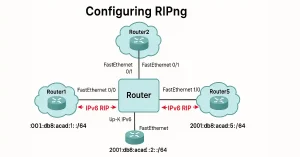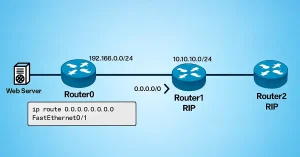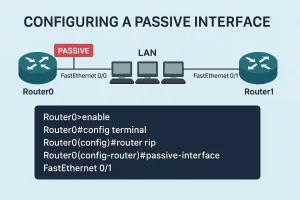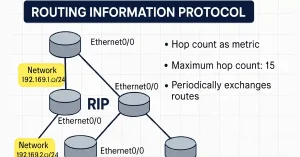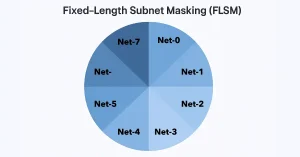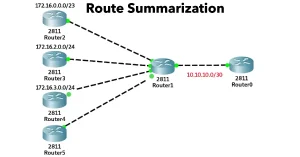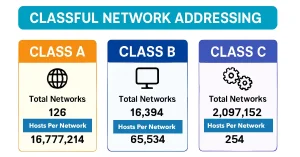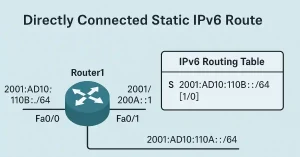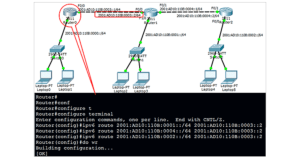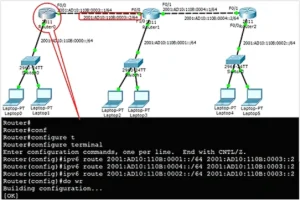How to Advertise IPv6 Networks in RIPng
IPv6 Routing Information Protocol (RIP), also known as RIPng (RIP Next Generation), supports IPv6 addresses. It is a Distance Vector routing protocol that uses a hop count as a routing metric. After enabling IPv6 RIP, we also need to configure the advertisement of IPv6 RIP routes. We can display IPv6 RIP settings to verify the […]

